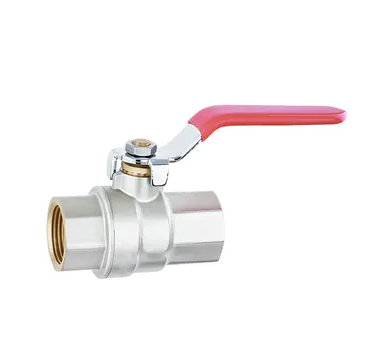The Spray Valve remains a key element in systems requiring accurate fluid delivery, including agricultural irrigation, food processing, and cleaning equipment. Users often wonder how to balance performance with durability: should they choose brass or plastic valves, high-flow or low-flow models, and how frequently should they inspect components? Understanding these choices ensures consistent operation and minimizes downtime.
In field tests, brass spray valves show superior resistance to mechanical impact and thermal variations, making them ideal for high-demand applications. Plastic valves, while lighter and easier to handle, are more suited to residential or lower-pressure settings. Flow efficiency is another consideration: a 1.4 GPM valve can expedite cleaning tasks, while a 0.7 GPM unit conserves water without compromising effectiveness. Proper maintenance, including cleaning internal components and checking seals, extends valve lifespan.
From a market perspective, demand for spray valves continues to expand, driven by growth in commercial kitchens, automated cleaning systems, and precision irrigation. Manufacturers are adopting digital quality control and automated production to ensure uniformity and reduce defects. Price differences between brass and plastic units reflect differences in service life and material strength, but user satisfaction often justifies the investment in higher-quality valves.
In conclusion, the Spray Valve is a reliable and adaptable component for multiple fluid-control applications. By focusing on material selection, flow-rate optimization, and routine maintenance, users and manufacturers can ensure performance longevity while meeting both operational and environmental standards.



Comments (0)